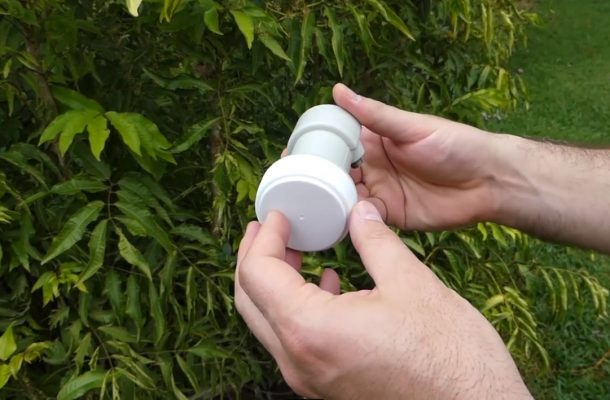Low-cost tsunami warning system could help protect Pacific islanders

A simple and low-cost early warning system could help prevent deaths in regions vulnerable to tsunamis after successful trials in Vanuatu last month.
Regular tsunami warning systems use huge towers that are expensive to buy, maintain, and require expert installation.
As a result, only a small percentage of vulnerable communities have them, and they often fail due to lack of maintenance.
This new technology uses very small and low-cost receivers and doesn’t employ a dish that would require careful calibration.
In fact, this system can be installed by coastal villagers themselves and makes it 100 times cheaper when compared to traditional warning systems.
But low-cost doesn’t mean low-performance- trials in Vanuatu have demonstrated the new system can deliver a tsunami alert in just 11 seconds, even if cellular networks fail, providing critical time following a tsunami.
When a 7.4 magnitude earthquake struck near the city of Palu on the central island of Sulawesi in Indonesia last month, the resulting tsunami struck 8 minutes later, and killed at least 1300 people and displaced hundreds of thousands.
“Communications was one of the great challenges surrounding the Sulawesi earthquakes and tsunami. I received reports that the initial tsunami warning could not be distributed because of the damage to cellular communications systems. This new system can avoid this problem,” Dr Gardner-Stephen says.
“Our recent trial has proven that it is possible to reduce the cost of providing tsunami warnings. This is so important, because it means that for the first time it is economically feasible to protect every last vulnerable communities.”
Utilising free-to-air satellite TV receiver hardware, this system has a fixed low cost, whether there are 10 or 10 million receivers out in the field.
“While it is unfortunately too late to reduce the suffering in Indonesia, we now hope that the impact of future disasters can be greatly reduced.”
The system also includes a small FM radio transmitter that creates a “village radio station” with content fed via the satellite signal.
Residents use their ordinary FM radio, or mobile phone with FM receiver, to receive much more detailed information about the alert.
The FM radio station operates year-round, providing news, weather, entertainment, climate change mitigation information and government notices, so that it is useful every day of the year.
“This addresses a major problem with typical warning systems, where they are often not maintained between disasters, because of the competing time and cost pressures on communities, together with the lack of perceived value when people aren’t thinking about disasters.”
The Tsunami Warning project is supported by Elrha’s Humanitarian Innovation Fund programme, a grant making facility supporting organisations and individuals to identify, nurture and share innovative and scalable solutions to the most pressing challenges facing effective humanitarian assistance.
The HIF is funded by aid from the UK Government.
Find out more information about Elrha’s work to improve humanitarian outcomes through research, innovation, and partnership here.
Open Forum is a policy discussion website produced by Global Access Partners – Australia’s Institute for Active Policy. We welcome contributions and invite you to submit a blog to the editor and follow us on Facebook, Linkedin and Mastadon.












